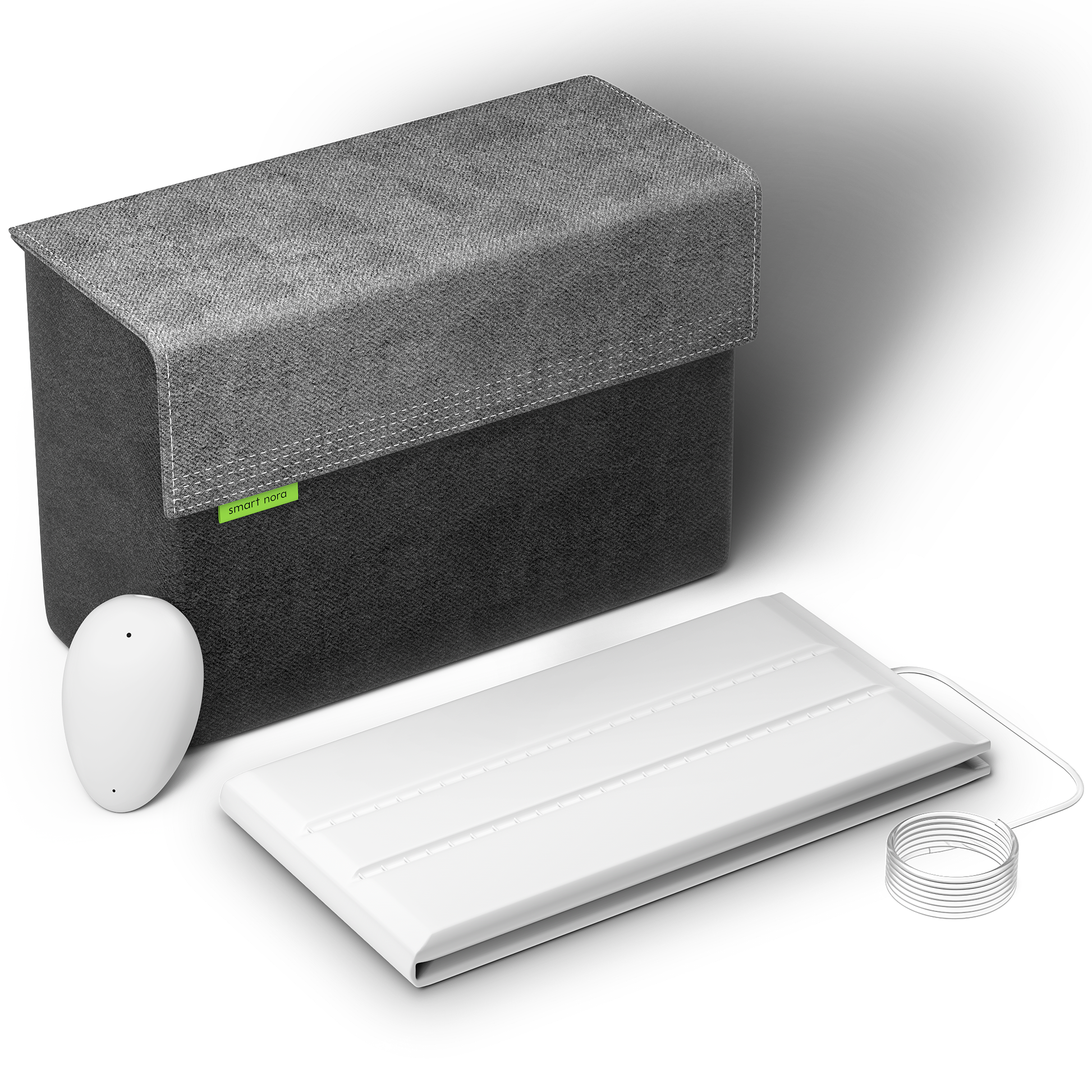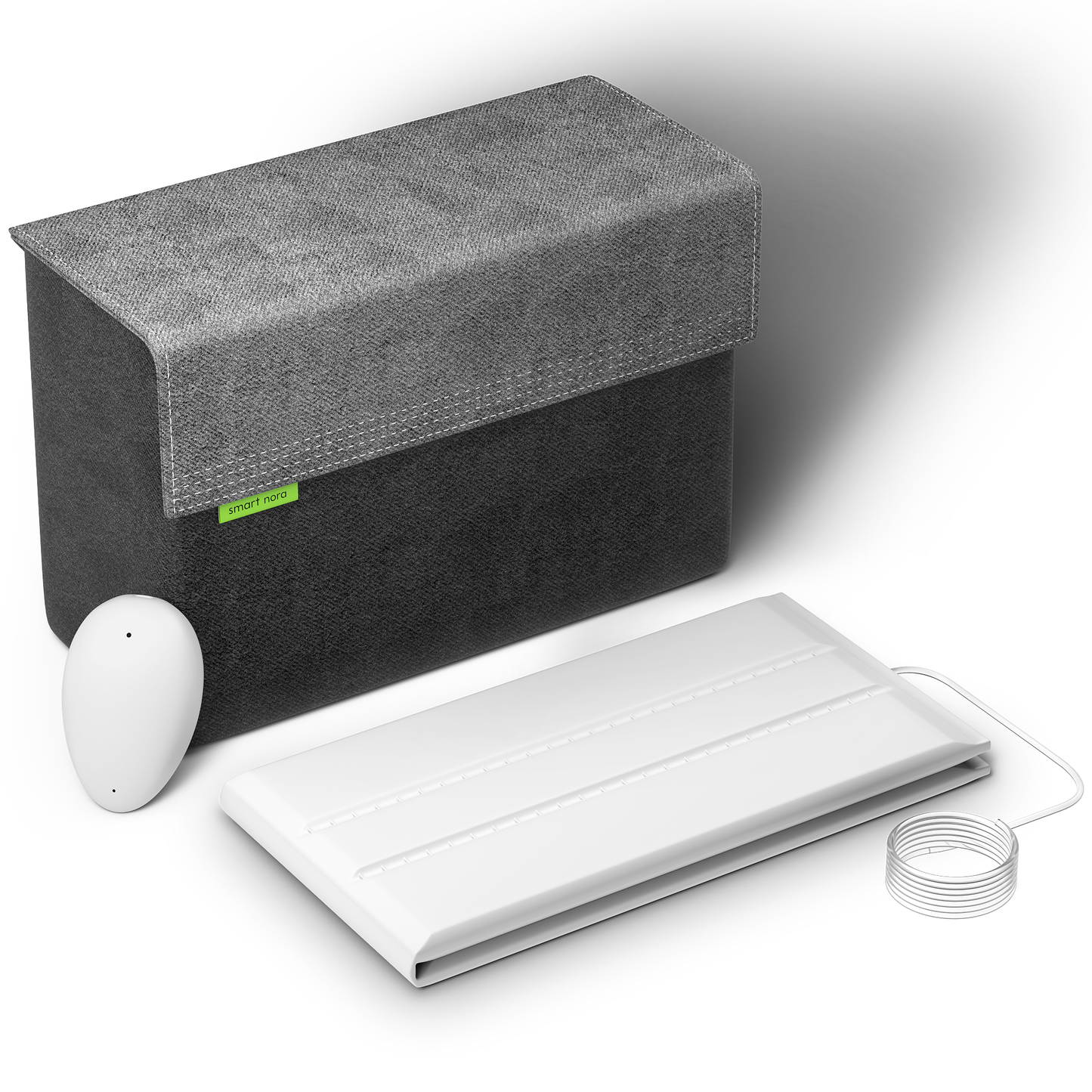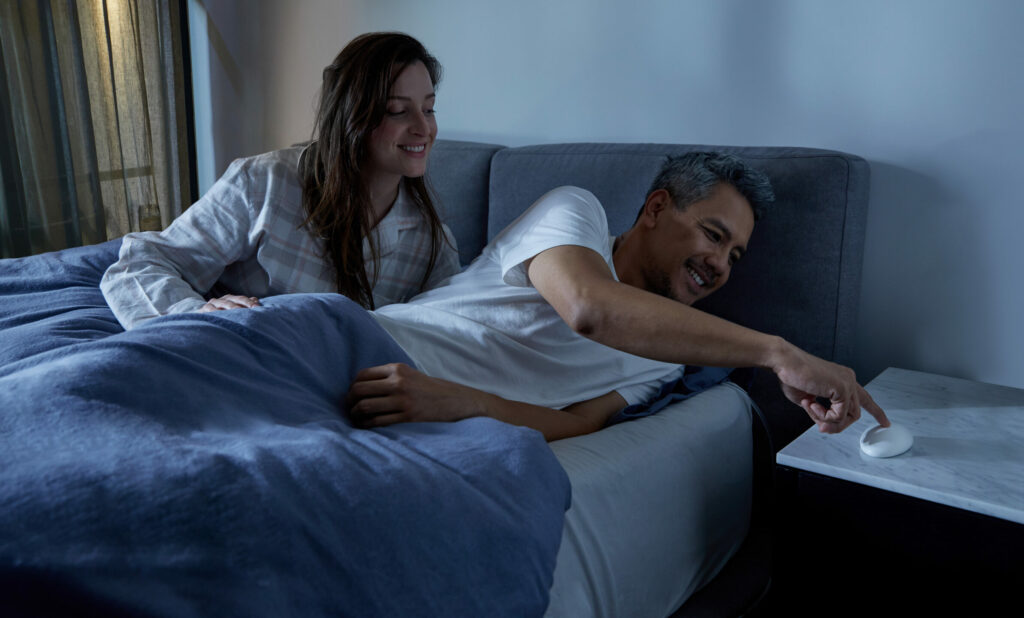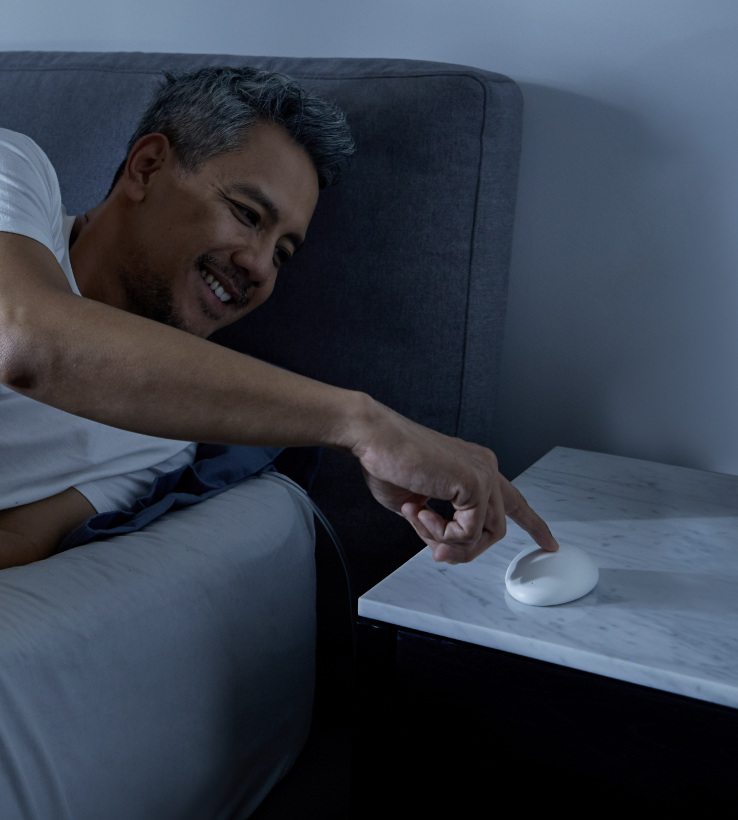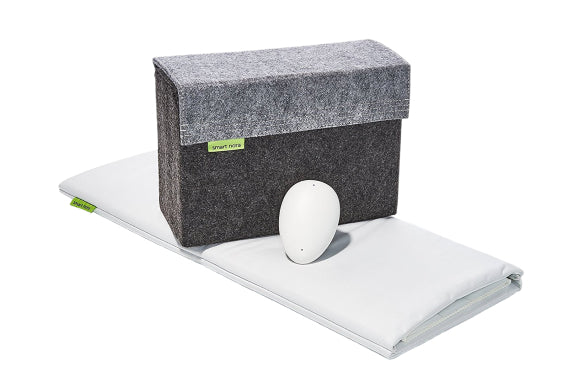You probably have heard about insomnia, as it is one of the most common sleep disorders. Certainly, having trouble sleeping once in a while is perfectly normal, but if you’re having difficulty falling or staying asleep almost daily, you’re an insomniac. Insomnia affects around 70% of the population in the United States, with 10-30% of adults worldwide having chronic insomnia.
Medical professionals recommend making changes to lifestyle patterns as one of the ways to treat insomnia, but cognitive behavioral therapy is also gaining importance. Sleep restriction is one such therapy that helps people with insomnia or sleeplessness to sleep better. Let’s know more about sleep restriction therapy, how it works, and the steps to use this therapy.
What is Sleep Restriction Therapy?
Sleep restriction is a type of cognitive behavioral therapy (CBT) that aims at treating chronic (long-term) insomnia. Simply put, this therapy uses a reverse logic by reducing the amount of time spent in bed. Why so? Usually, when people have difficulty sleeping or staying awake in bed, they tend to go down the negative thoughts rabbit hole, like what is happening to their sleep, why they cannot sleep, etc. These negative thoughts stirring in their minds, in turn, makes falling asleep more wearisome.
A stressful and racing mind is one of the factors of sleep deprivation. Sleep restriction addresses this frustrating and worrying pattern by reducing the hours spent awake in bed. So, instead of spending hours in bed tossing, turning, and trying to sleep, it is better to leave the bed, maybe take a small stroll in the house or find another place to relax.
Once you feel sleepy, come back to the room, and the hope is you’ll fall asleep in minutes. This is because when you spend more time in bed worrying, you tend to link your bed with anxiety and remain wide awake.
It might sound confusing to you but let us clear that sleep restriction therapy tries to cut down the time spent awake and not sleeping. Over time, the treatment changes your mindset toward sleep, and you no longer view your bed as a battlefield to fall asleep.
How Does Sleep Restriction Therapy Work?
When you cut down the time being awake in bed, it helps you to improve the quality of sleep you get. Here’s how:
Homeostatic Sleep Drive: Sleep loss already makes you feel exhausted, and when you get out of bed and engage in an activity, you feel more tired. This increases sleep pressure and helps you sleep faster.
Rearranging the Circadian Control: Sleep restriction therapy rearranges the circadian rhythm of the body, helping the person sleep when the body should, for example, at night. Above and beyond, the body gets aligned with your daily sleep schedule.
Decreasing Hyperarousal: Sleep restriction helps to reduce hyperarousal like racing mind, rapid beating heart, etc. These pre-sleep arousals tend to prevent an individual from sleeping, but with SRT, negative thoughts and hyperarousal can be controlled.
Gradually as your sleep pattern improves, the therapy intends to increase the restriction time by 15-to-30-minute increments. The therapy’s ultimate objective is to help you get an adequate amount of sleep without compromising the quality of sleep.
Steps Involved in Sleep Restriction Therapy
The therapy can be modified as per individual needs and body types. However, there are standard steps outlined in SRT that one needs to follow.
Step 1: Calculate Average Total Sleep Time
The first step is evaluating the total sleep time you get on average each night. For this, you’ll have to maintain a sleep diary for around 1-2 weeks to record your sleep patterns and other disturbances you might feel. For example, if you spend eight hours in bed but sleep for 6 hours, you’ll need to record six hours in your diary.
Step 2: Identify the Sleep Window
After evaluating the sleep time, doctors will identify the maximum time you can spend in bed. For example, if you sleep for 6 hours per night, doctors will restrict your time in bed to 6 hours, called the sleep window.
Step 3: Set a Wake-Up Time
You have to choose a wake-up time each day, but you must stick to it, irrespective of your work or other commitments.
Step 4: Set a Bedtime
Likewise, you must also choose a time to sleep and stick to it. But you need to calculate the sleep window and set a bedtime. For example, if you plan to wake up at 6.00 am every day with a 7-hour window, you should sleep by 10.00 pm every night.
Step 5: Calculate Sleep Efficiency Score
You calculate the sleep efficiency score by time spent sleeping divided by time in bed. Both these variables should be calculated in minutes, and your doctor will view the efficiency score weekly.
Step 6: Adjust the Sleep Window
Doctors will use the weekly sleep efficiency score to evaluate the need to adjust the sleep window. They will make changes until they find that you’re getting adequate and good quality sleep.
Sleep Restriction Therapy for Insomnia
The best part of SRT is that it is completely drug-free. Moreover, the effects of the therapy have proved to last for several months with more time spent asleep and fewer midnight awakenings.
It increases sleep efficiency in outpatient as well as online patients. In fact, brain scans of insomniac people found sleep activities similar to people of good sleepers after following the therapy. The therapy is an effective treatment for people who have chronic insomnia, increasing sleep drive and improving the sleep-wake cycle.
Further, insomniacs who opted for this therapy also reported reduced fatigue, improved mood, and more energy.
Sleep Worry-free
Nevertheless, it is essential to know that sleep restriction therapy can initially cause sleep loss. This can also make you feel drowsy, irritated, or impair your socializing skills the next day, and you may want to give up on the therapy. But we suggest hanging on, as the therapy has helped change people’s perspective towards sleep, helping them sleep peacefully.
However, if you cannot sleep or experience awakenings because of a snoring partner, smart anti-snoring solutions such as Smart Nora can help you sleep peacefully. Like SRT, the device is drug-free and non-invasive, intelligently detects snoring sounds, and gently moves the snorer’s pillow to stop them. Further, it functions in silence, enabling you to enjoy quiet nights.






